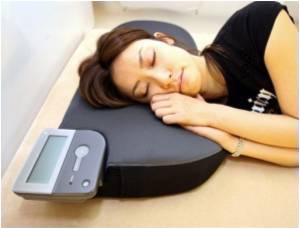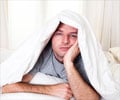Adults who take one of the world's most commonly prescribed sleep medications are significantly more at risk for nighttime falls and potential injury

The findings are important because falls are the leading cause of injury in older adults, and 30 percent of adults 65 and older who fall require hospitalization each year, said CU-Boulder Associate Professor Kenneth Wright, lead study author.
To measure balance, the research team used a technique known as a "tandem walk" in which subjects place one foot in front of the other with a normal step length on a 16-foot-long, six-inch-wide beam on the floor. In 10 previous practice trials with no medication, none of the 25 participants stepped off the beam, indicating no loss of balance. All participants were provided with stabilizing assistance to prevent falls during the trials, he said.
"The balance impairments of older adults taking zolpidem were clinically significant and the cognitive impairments were more than twice as large compared to the same older adults taking placebos," said Wright, a faculty member in the integrative physiology department.
"This suggests to us that sleep medication produces significant safety risks."
The new CU-Boulder study is the first to measure both the walking stability and cognition of subjects taking hypnotic sleep medicines or placebos.
Advertisement
Source-ANI















